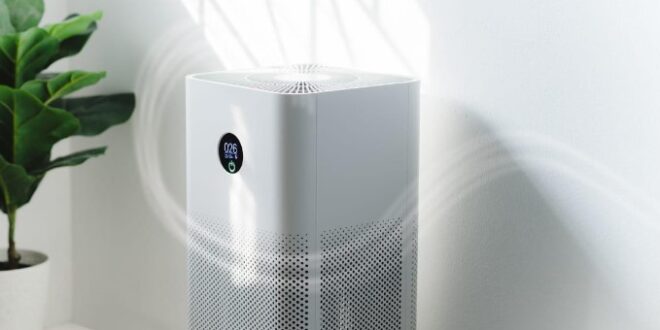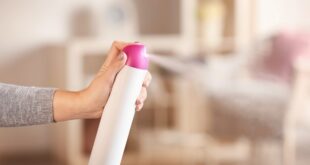A device that neutralizes air pollution is an air purifier. Is it worth buying one? With an air purifier, you will get rid of biological hazards such as viruses, pathogenic bacteria, spores, molds, or pollen that cause allergies. Sources of allergens also include dust mite droppings and pets’ saliva, urine, and dander that cause asthma, as well as rhinitis.
Is it worth buying an air purifier?
Air purifiers also neutralize air pollution caused by smog, unpleasant kitchen odors, or cigarette smoke. Smog contains PM2.5 and PM10 particulate matter and many poisonous chemical compounds like lead, ozone, sulfur oxide, and nitrogen dioxide. Volatile Organic Compounds (VOCs) containing toxic benzene or formaldehyde are also dangerous. Due to the very small size of PM2.5 <2.5 µm (combustion particles organic compounds, metals) and PM10 <10 µm (pollen dust, mold, spores) effectively penetrates the throat of the nose and lungs. In comparison, human hair is < 50-70 µm in diameter.
You should know that among the most important diseases that air purifiers can handle are: respiratory diseases such as allergies, asthma, cough, cardiovascular and heart diseases, and even eye problems. They reduce the possibility of contracting certain varieties of cancer. Studies conducted to confirm that an air purifier for an allergist is very effective in treating respiratory ailments. Dry air is also a threat to the upper respiratory tract, causing dry mucous membranes, allergic reactions, or a sore throat. With proper humidity, the body recovers better during sleep, and we are more rested. Optimal humidity is also a natural ally in removing dust. Its particles are bound by water and fall to the floor. In an apartment, humidity levels especially decrease during the heating season.
You might be interested in reading the article – winix hr900 vs 5500-2.
Types of air purifiers
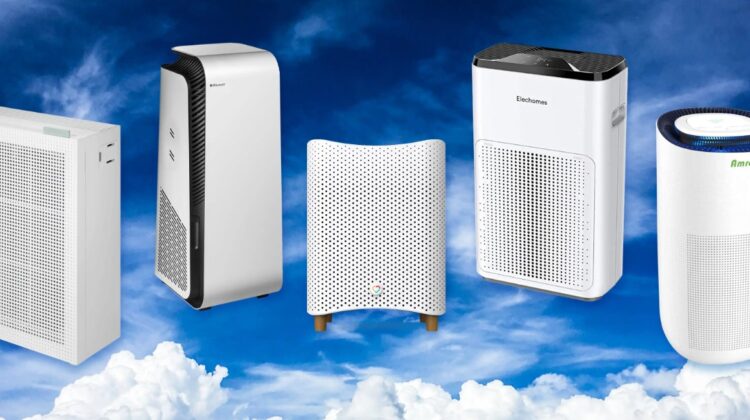
When considering whether to buy an air purifier, review several types of purifiers:
- mechanical filtration and active filters;
- Mechanical filtration and humidification;
- mechanical filtration, ionization, and humidification.
If you want a purifier that is simple to use, and you don’t have a problem with low humidity in your home, choose a purifier with only mechanical filtration. To operate, they use a fan that draws in polluted air, and then it is cleaned by three filters:
- pre-filter – located at the back of the housing, which traps large particles such as dust, dander, hair, crumbs, and other fines;
- carbon – which uses activated carbon to remove odors, tobacco smoke, and VOCs. It is a replaceable filter;
- HEPA – effectively eliminates a wide variety of PM2.5, PM10, and smaller dust (even ultra-small particles down to 0.02 µm), bacteria, viruses, mold, and allergens. The filter contains microfibers with a paper structure arranged in an accordion to increase the filtration surface. It is also a replaceable filter.
Purifiers may also feature a hybrid filter containing a HEPA filter and a carbon filter in one housing. Typically, these three filters trap 99.97 percent of 0.3 µm particles. It is worth remembering that the HEPA filter has many variations. The highest and most effective is the HEPA H13 version.
You can choose a purifier that has additional active filters:
- Electrostatic – uses an electrostatic field that causes particles such as dust and pollen to ionize and take on a positive charge, and then be attracted to the negatively charged filter plates.
- Photocatalytic – it uses light for chemical reactions, causing the production of substances that strongly oxidize pollutants and break them down into harmless substances.
Also used in the fight against microorganisms is a UV lamp, whose light destroys bacteria, viruses, molds, fungi, and any other microorganisms inside the purifier.
2-in-1 air purifiers – is it worth it?
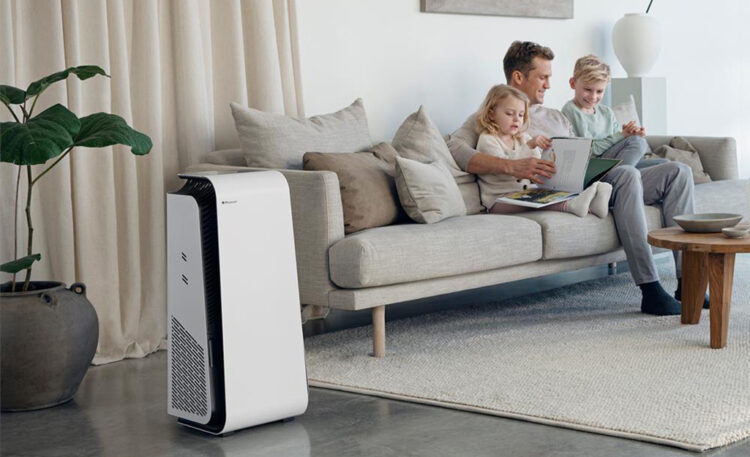
If the air in the apartment is dry and the household members have problems with allergies and asthma, or often get upper respiratory infections, choose an air purifier with a humidifying function. Also, too much humidity promotes the growth of fungi or mold which is harmful to health.
In the best purifiers, the humidity level is set according to the temperature. An additional advantage of a purifier with a humidification function is a natural way to reduce the phenomenon of static electricity, that is, electrification of, for example, clothes by maintaining humidity at an optimal level.
The water filter used has two functions, it filters the air of impurities and is a source of moisture. Remember to clean the water filter elements regularly so that mold or mildew does not appear on them. If you do not use the purifier, remove the water from the tank.
Air purifiers with air ionizer, or 3-in-1
If you want to increase the effectiveness of the purifier in the fight against allergies smog, microorganisms, as well as static electricity, it should be equipped with an air ionizer. In addition, you will provide household members with a microclimate in the room. Little appreciated is the balance of positive and negative ions for our health. Urban air is dominated by harmful positive ions, the source of which in the home and office are electrical appliances. In contrast, we feel good in the forest, after a storm, near waterfalls, which are a source of negative ions. Choosing an air purifier, with an ionizer you have an additional tool to remove many harmful microorganisms such as viruses, bacteria, and mold, allergens, unpleasant odors, cigarette smoke.
Negative air ionization effectively eliminates positive electrostatic charges generated by electronic devices that worsen well-being and can damage electronic equipment due to dry air. In the best purifiers, the stream of ions can be used to clean clothes. You can choose air purifiers with a negative ion generator or negative and positive ions (Sharp purifiers with Plasmacluster ion generator). Plasmacluster positive ions and negative ions eliminate 23 types of bacteria, mold, and allergens, and deactivate flu viruses, and E.coli bacteria. These are the most advanced devices on the market today.
Air purifiers – what is important when buying one?
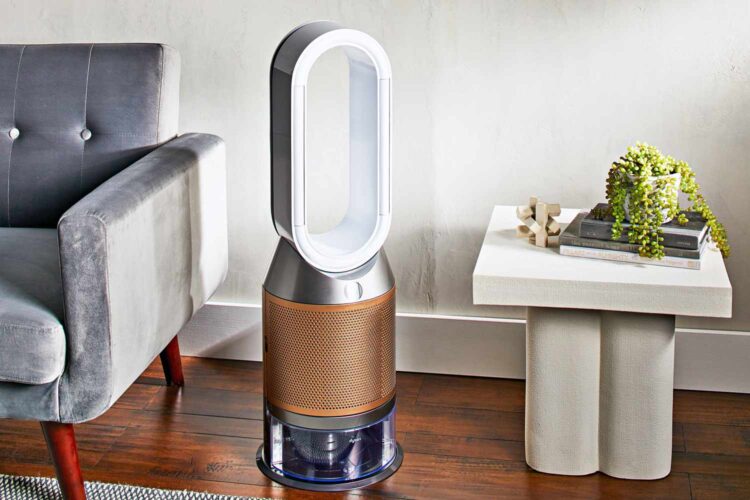
If you do not know whether it is worth buying an air purifier, pay attention to the following parameters, which will depend on the speed and efficiency of air purification.
The size of the room – is given in m2 for the area or m3 of its volume. For it, the power of the motor is determined, so that the air in the room is filtered, in the shortest possible time. The higher the motor power, the higher the purification efficiency.
Nominal purification capacity [m3/h] – describes how much m3 of air is purified by the device per hour. The higher it is, the faster the air will be cleaned.
CADR (Clean Air Delivery Rate) – determines the actual efficiency of air purification by the filters. It is assumed that the air in a room should be filtered fully four times per hour. CADR is always less than the nominal efficiency.
Noise level [dB(A)] is a very important parameter that determines the comfort of the purifier. Values are given for different fan speeds. In sleep mode, the volume level should be the lowest, preferably up to 25 dB(A).
The water tank capacity [l] is given for the humidification function. Its size will determine how often you need to refill the water. Typical tank capacities are 3, 4 l.
Certifications – a guarantee of performance
Virtually all air purifiers on the market are advertised as effective in removing air pollutants. However, choose devices with a guarantee confirming their effectiveness. Certificates are issued by research centers and foundations.
According to Polish law, a purifier should be certified by the PZH (National Institute of Hygiene). For an allergy sufferer, look for a purifier with a certificate from, for example, BAF (The British Allergy Foundation) a British medical organization, ECARF (European Centre for Allergy Research Foundation) – the European Centre for Allergy Foundation or PTA the Polish Allergy Society.
Comfort of operation
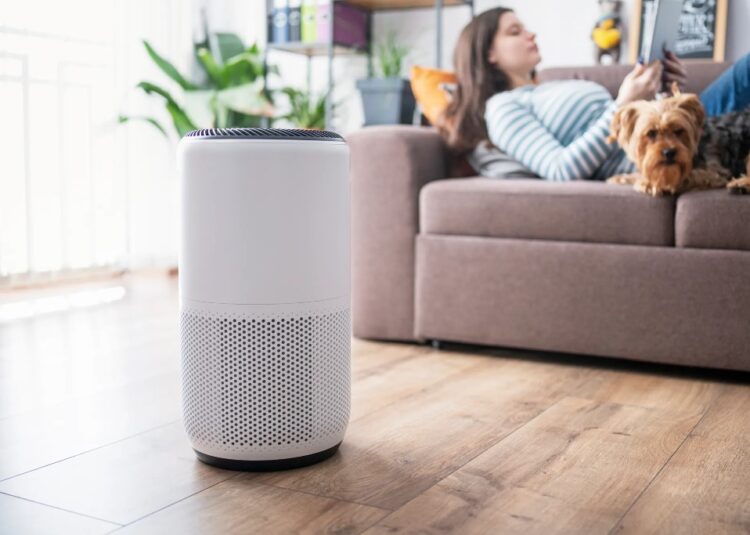
Air purifiers can be operated using buttons on the case, remote control, and smartphone app. Basic operations include changing the mode, setting the timer, remotely turning on the device, and changing the fan speed. More powerful is the app, which you can use outside the home.
It supports the aforementioned functions and displays additional information about the state of air pollution at home and from external measuring stations. It can inform you about the concentration of PM 2.5, PM10, ozone, carbon monoxide, carbon dioxide, and pollen. The app will tell you when it’s time to change the filters.
Operating costs vs. the price of the purifier
When choosing a purifier, pay attention to the operating costs associated with the periodic replacement of filters. This will help you know whether it is worth buying an air purifier and whether it will be cost-effective. The biggest impact on operating costs in air purifiers is the price of filters and how often they are replaced.
The frequency of replacing a HEPA filter, for example, can range from several months to several years, depending on the quality and manufacturer of the filter. It also depends on air pollution. Buying a cheaper air purifier can mean higher costs due to frequent filter changes than if you choose a more expensive purifier, but with filters that change less often.
 Hi Boox Popular Magazine 2024
Hi Boox Popular Magazine 2024
